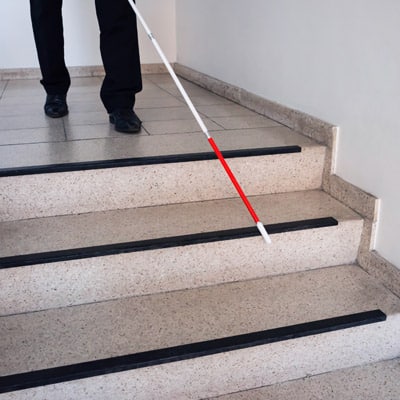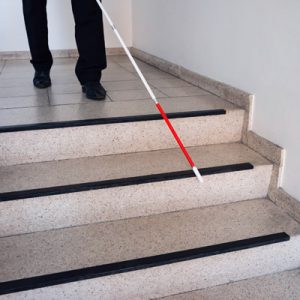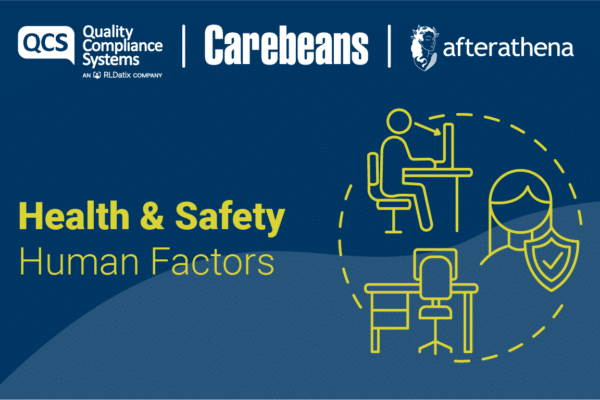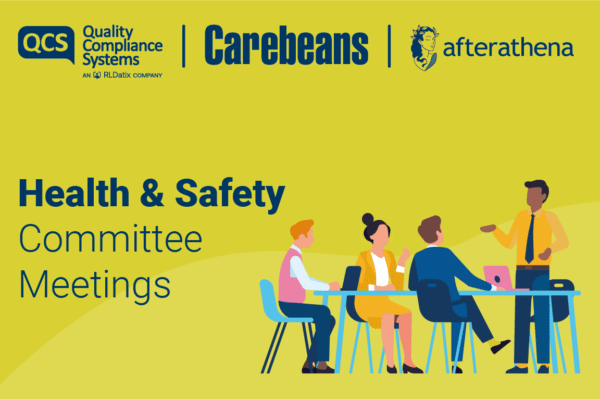A provider I know has had the inspectors in, and they are definitely not happy bunnies. You see, there have been issues about the safety of the staircase in one of the houses rented to three adults with learning disabilities and sight problems. Apparently, the stairs are too steep.
Having gone over the reports and been part of a very heated debate over the comments, I can understand both sides. Whilst this has not endeared me to the manager, it has helped to put some of the comments into context.
Reality checks
The house in question has been in use by the same tenants for over ten years, and they have always been visually impaired. None of the three has deteriorated in terms of their physical ability in this time; in fact they have grown more independent as a result of being supported in the community in this way. The manager feels strongly that the provision of two-storey accommodation when they moved in was not felt to be unsafe, and the three tenants march up and down the stairs on a daily basis without anyone ever having taken a tumble.
She also feels that the requirement to negotiate a flight of domestic stairs has helped the three to cope with the very up and down world they live in. She states that the community is not widely accessible to blind and partially sighted people, it being full of hazards and obstacles, so being able to learn to navigate the ordinary world is a benefit they have enjoyed.
In other parts of my work world, I argue for the same approach. Our school building (completed in 2012) is effectively on one level, but we actually designed in some short flights of steps, to help the kids learn how to use these for accessing the outside world. A big part of cane work (learning to walk with a white stick) is about moving in areas full of tactile and audible clutter. Like the streets we all live on.
Backing it up
In supporting the ‘real’ environment, the service manager is helping to enable her clients. So, what is CQC’s problem? Her protestations about habilitation and creating ordinary settings fell on deaf ears with the inspection team.
It’s actually a very simple problem. CQC accepted that ordinary houses have ordinary obstacles and the tenants are actually very adept at managing them. They acknowledged the work of the staff to help with accessing the community. The thing they didn’t like was the lack of an up to date risk assessment.
So, I guess the moral is this: all of your efforts to enable people with learning disability are only any good if you can evidence the safety of them.
Having a good answer to a regulator’s query is all very well, but without any paperwork to support your decision process and acknowledge the attention to safe working, safeguarding and record keeping, you might as well be talking in Klingon. Backing up the words with good quality paperwork is absolutely what inspectors want to see.
Don’t let your innovations go unrecognised – remember to log the evidence.
Ginny Tyler – QCS Expert Learning Disabilities Contributor






